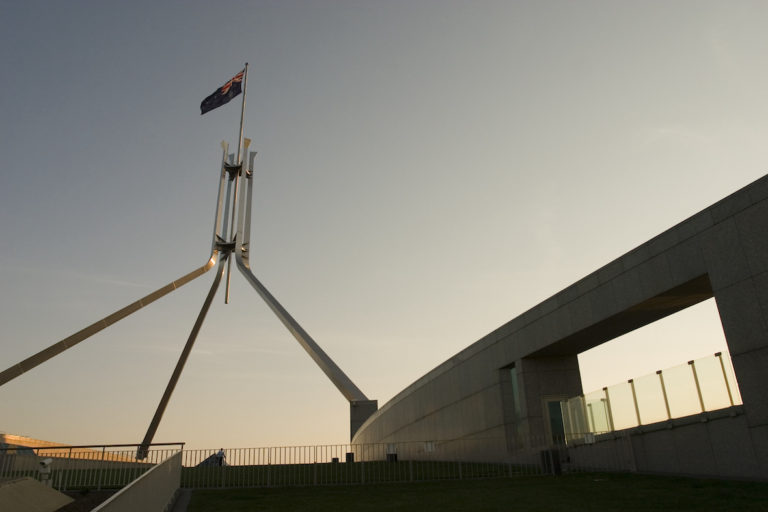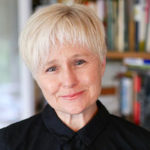
SDG 16: Peace, Justice and Strong Institutions
SDG 16 aims to build strong and just institutions in support of peaceful and inclusive societies around the world by 2030. It promotes the rule of law, transparency, accountability, good governance, and ensuring equal access to justice and strengthening human rights.


 Ashley Hay is a former literary editor of The Bulletin, and a prize-winning author who has published three novels and four books of narrative non-fiction.
Ashley Hay is a former literary editor of The Bulletin, and a prize-winning author who has published three novels and four books of narrative non-fiction.
